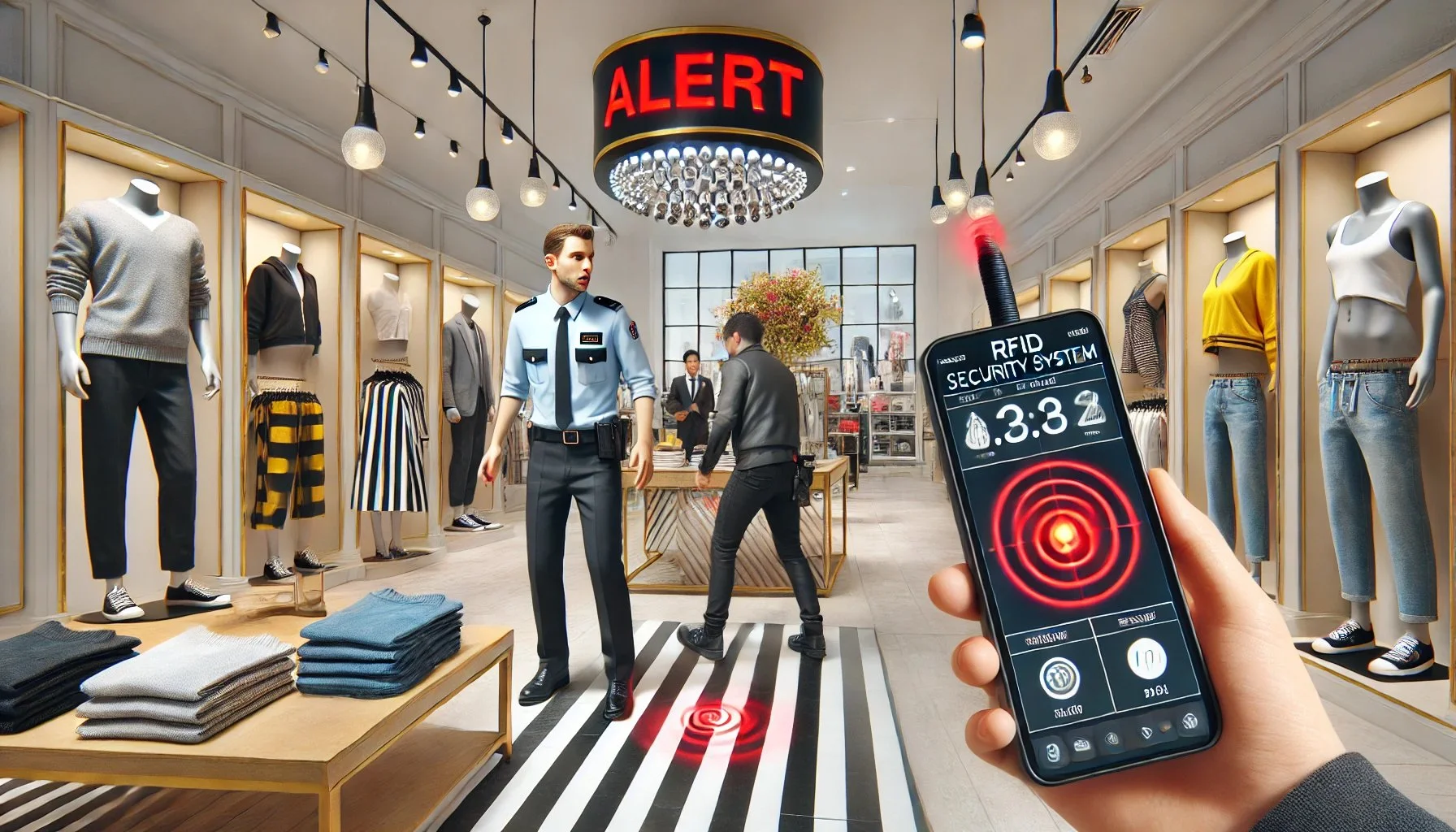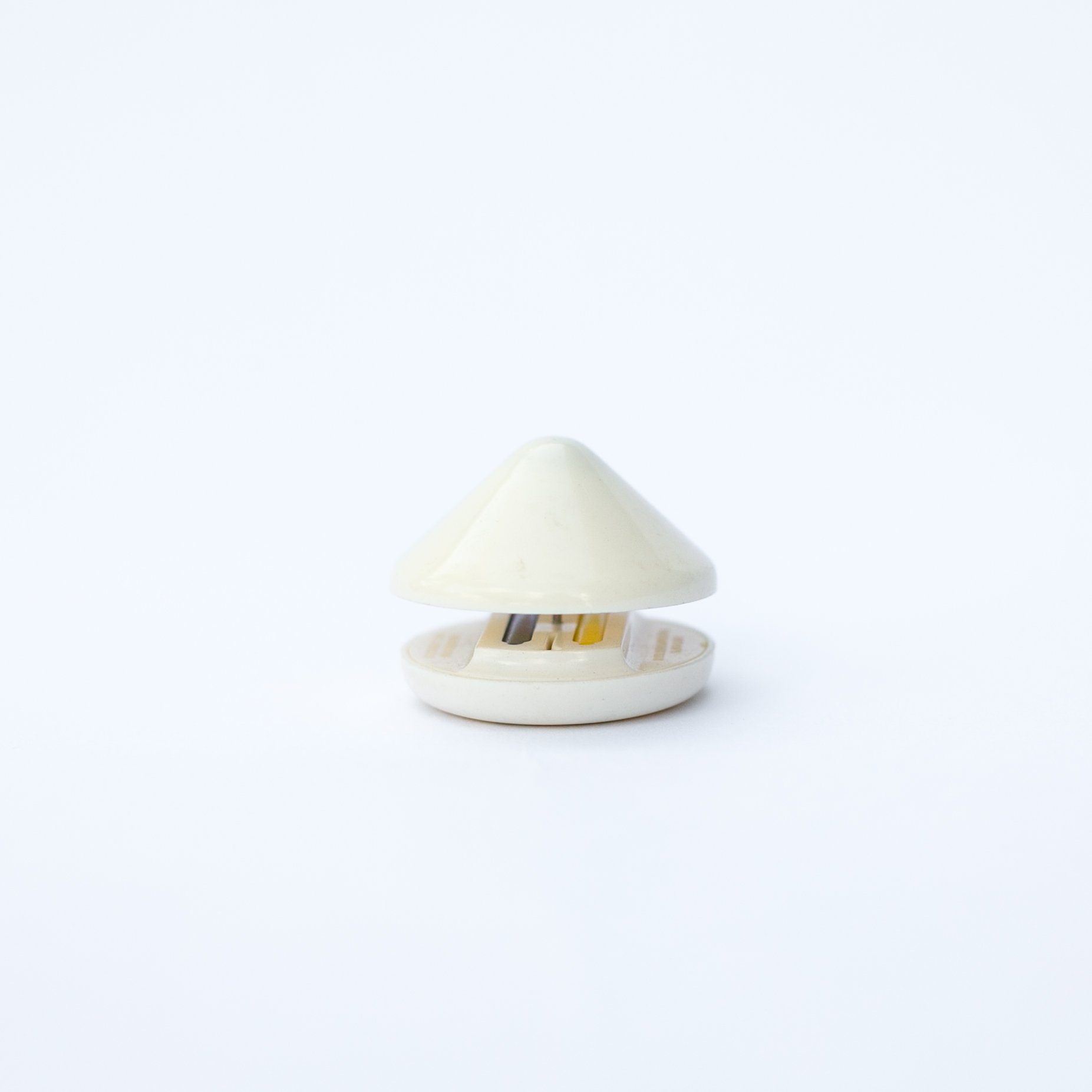RFID alert at Macy’s…
The ability to optimize inventory management and prevent losses is crucial. RFID (Radio Frequency Identification) technology has emerged as a transformative tool, offering unparalleled accuracy, real-time insights, and actionable data. Retail giants like Macy’s have embraced RFID and IoT (Internet of Things) technologies, driving innovation and redefining industry standards. Let’s explore how RFID is shaping the future of retail, with insights from key milestones in Macy’s journey.
From Inventory Accuracy to Sales Uplift
The primary driver behind RFID deployment is improving inventory accuracy. Traditional barcode scanning methods, while reliable, are time-intensive and prone to errors. RFID, on the other hand, allows cycle counts to be completed up to 25 times faster, improving inventory accuracy by 20–30%. This improvement translates into a 99% inventory accuracy rate, enabling retailers to:
Reliably generate replenishment alerts.
Increase on-floor availability.
Reduce out-of-stocks by 15–30%.
For Macy’s, these benefits resulted in a 1–10% sales uplift across various product categories. Initially focused on shoe displays, Macy’s expanded RFID applications to include backroom-to-sales-floor replenishment and monthly inventory visibility, moving beyond annual audits.
RFID and Loss Prevention: A Game Changer
While inventory visibility is the cornerstone of RFID’s retail success, its integration into loss prevention is equally groundbreaking. Macy’s asset protection (AP) team harnessed the data-rich environment created by RFID to:
Identify theft trends monthly.
Reset shortage reduction initiatives based on real-time data.
Conduct smarter investigations by linking RFID data with video surveillance and exception reports.
Macy’s further enhanced loss prevention by upgrading store exits with RFID-enabled sensors. This innovation allows the company to track products in real-time, even as they leave the store, significantly improving theft detection and response to organized retail crime (ORC).
Overcoming Challenges: Jewelry and Cosmetics
Despite its advantages, implementing RFID across all categories posed challenges. For Macy’s, tagging jewelry and cosmetics required finding solutions that balanced technological efficacy with product presentation. Collaborating with GS1 and other partners, Macy’s continues to address these hurdles, demonstrating a commitment to achieving 100% RFID-tagged inventory across all categories.
Beyond Loss Prevention: Building Smarter Stores
RFID has also been instrumental in creating a seamless omnichannel experience. Technologies like the Brand Vitality Meter, a collaboration between Sensormatic Solutions and HappyOrNot, combine customer satisfaction surveys with RFID traffic data. This integration provides actionable insights into:
Peak traffic periods and heatmaps.
Correlations between customer satisfaction, staffing, and sales performance.
Real-time feedback on store layouts and product placement.
Retailers using this technology can make data-driven decisions to improve the overall shopping experience, aligning staffing and inventory strategies with customer needs.
The Holistic Approach to Retail Innovation
Macy’s journey illustrates the power of integrating multiple technologies for cumulative benefits. By combining RFID with IoT sensors, video analytics, and big data, Macy’s has shifted from reactive to proactive strategies in both inventory management and loss prevention. This holistic approach has set a new benchmark for the industry, demonstrating that investing in advanced technology yields operational efficiency and financial growth.
Looking Ahead: The Future of RFID in Retail
As Macy’s and other retailers continue to innovate, the potential of RFID and IoT technologies remains vast. From improving inventory accuracy to combating organized retail crime, these tools are not only enhancing profitability but also redefining customer experience standards. As the retail landscape evolves, embracing next-generation solutions like RFID is no longer optional—it’s essential.
Retailers who adopt these technologies today will be better equipped to meet the demands of tomorrow, ensuring a competitive edge in an increasingly data-driven world.


